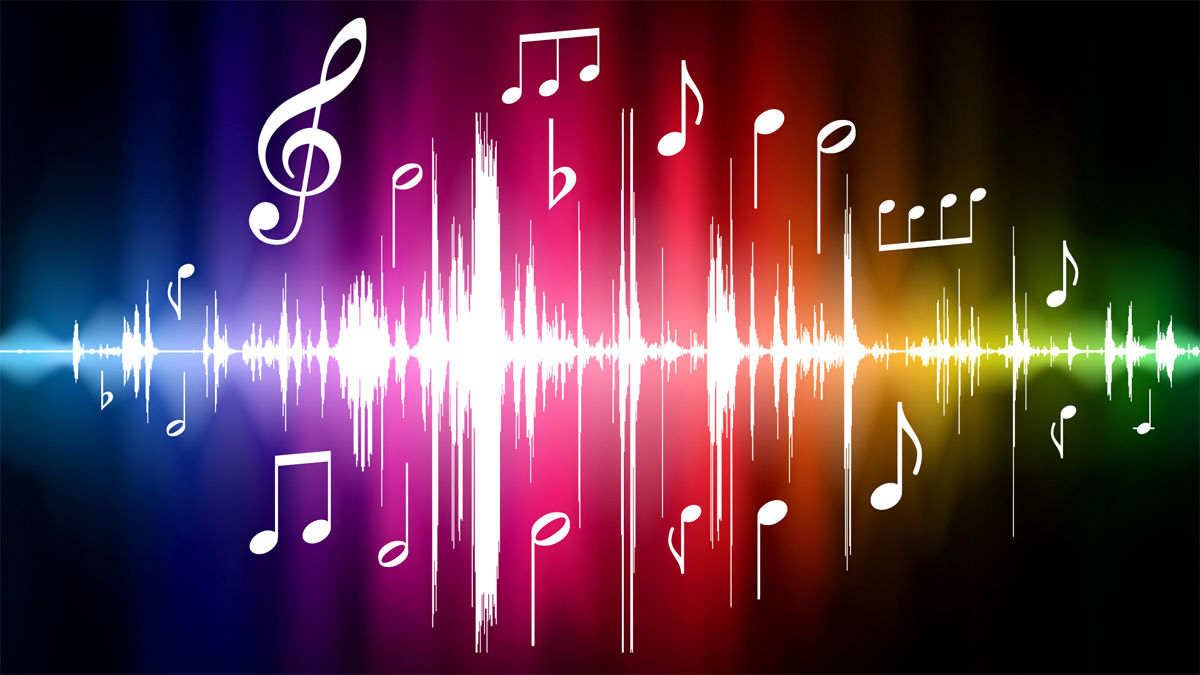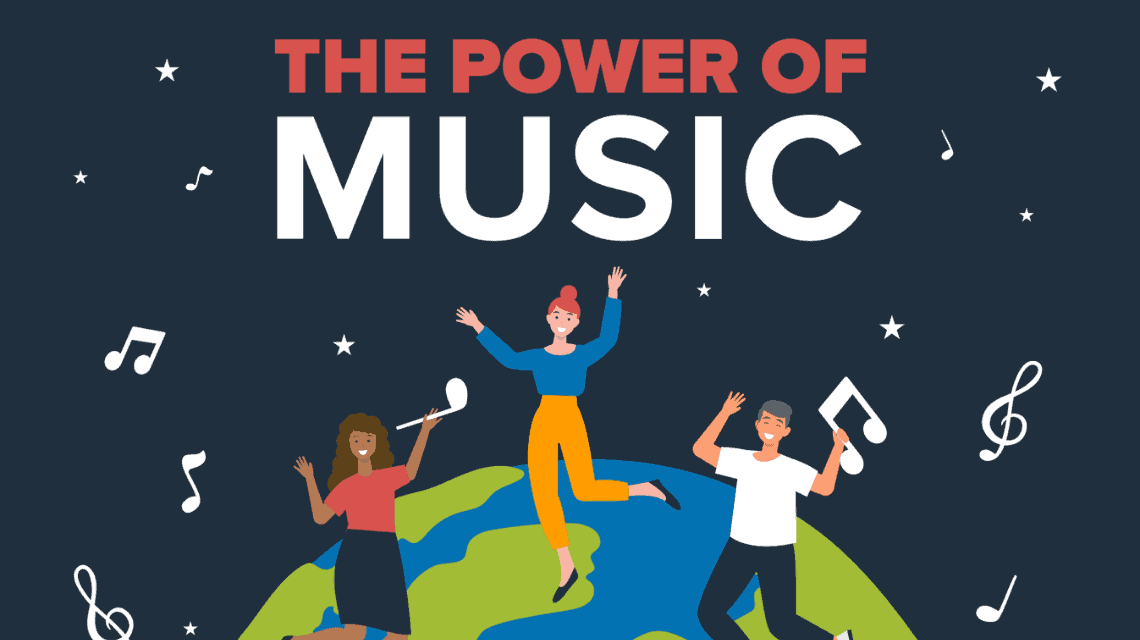The Science of Music:
Music is a universal language that transcends borders and cultures. It has the power to stir our emotions, soothe our souls, and ignite our passions. But what lies beneath the surface of this enchanting art form? In this article, we explore the science of music, delving into how rhythms and harmonies shape our lives in profound ways.
The Anatomy of Sound
H2: The Physics of Sound Waves
At its core, music is the art of manipulating sound waves. When an instrument is played or a voice sings, it generates vibrations that travel through the air as waves. These waves consist of varying frequencies and amplitudes, which our ears perceive as pitch and volume, respectively.
H2: The Human Ear
Our ears are marvels of biological engineering, finely tuned to detect a wide range of frequencies. The cochlea, a spiral-shaped structure in the inner ear, contains thousands of hair cells that transmit auditory signals to our brains. These hair cells respond to different frequencies, allowing us to discern the various tones and melodies in music.
The Power of Rhythms
H2: The Beat of Life
Rhythm is the heartbeat of music, providing structure and coherence. It resonates with the fundamental rhythms of life, from our heartbeats to our breath. Research suggests that our brains are wired to synchronize with rhythmic patterns, explaining why a catchy beat can make us tap our feet or dance without conscious effort.
H2: Rhythms and Emotions
Rhythms can evoke a wide range of emotions. Upbeat, fast-paced rhythms tend to energize and excite us, while slow, soothing rhythms have a calming effect. This emotional response to rhythm underpins its therapeutic applications, such as in music therapy for stress reduction and relaxation.
The Harmony of Melody
H2: The Science of Harmony
Harmony is the art of combining different musical notes to create a pleasing sound. It involves the interplay of melodies and chords, with each note having a specific frequency that harmonizes with others in a complex web of sound. The study of harmony involves principles like consonance (pleasant combinations) and dissonance (tense combinations).
H2: Emotional Resonance
Harmonies can elicit powerful emotional responses. Certain chord progressions are associated with specific emotions, such as major chords conveying happiness and minor chords evoking sadness. Composers and musicians use these emotional triggers to connect with their audiences on a deep, visceral level.
Music’s Influence on the Brain
H2: The Brain’s Response to Music
The brain’s response to music is a complex interplay of regions and neural pathways. Studies have shown that listening to music activates the reward centers of the brain, releasing dopamine and eliciting feelings of pleasure and euphoria. This neural response explains why music is so enjoyable and addictive.
H2: The Mozart Effect
The “Mozart effect” is a term coined to describe the temporary boost in spatial-temporal reasoning abilities that some individuals experience after listening to Mozart’s music. While the effect remains debated, it highlights the potential cognitive benefits of music and its ability to temporarily enhance mental performance.
Music’s Impact on Our Lives
H2: Therapeutic Applications
The therapeutic potential of music is vast. Music therapy is used to improve the well-being of individuals facing physical, emotional, or cognitive challenges. It has been employed to help manage pain, reduce anxiety, enhance memory in dementia patients, and support individuals with autism, among other applications.
H2: Social and Cultural Significance
Music is deeply intertwined with our social and cultural identities. It serves as a means of self-expression, storytelling, and cultural preservation. Different genres and styles of music reflect the diversity of human experiences and traditions, bringing people together across the globe.
Conclusion
Music is not just an art form; it’s a science that resonates with the very essence of our existence. Rhythms and harmonies, rooted in the physics of sound, have a profound impact on our emotions, our brains, and our lives. As we continue to unlock the secrets of music through scientific inquiry, we gain a deeper appreciation for the melodies that shape our world. So, the next time you find yourself moved by a song or entranced by a rhythm, remember that it’s not just music—it’s the beautiful symphony of science and art intertwined in perfect harmony.






